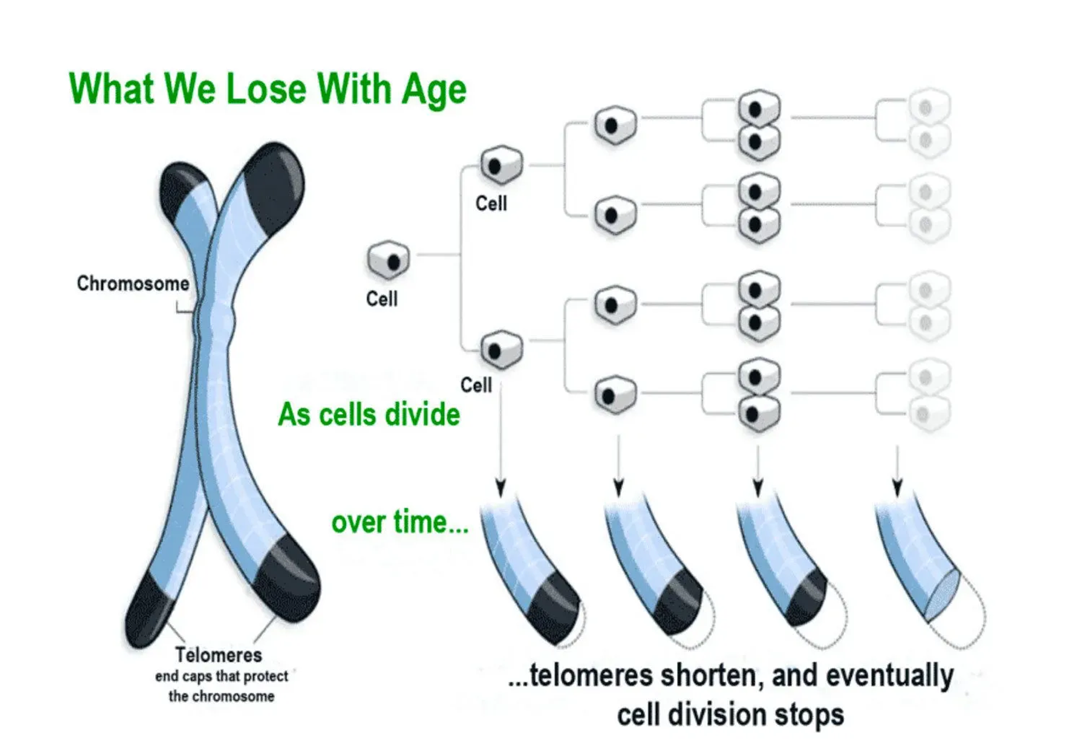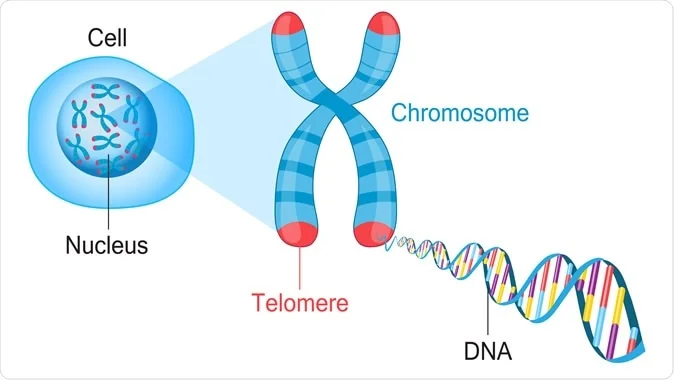- Courses
- GS Full Course 1 Year
- GS Full Course 2 Year
- GS Full Course 3 Year
- GS Full Course Till Selection
- Answer Alpha: Mains 2025 Mentorship
- MEP (Mains Enrichment Programme) Data, Facts
- Essay Target – 150+ Marks
- Online Program
- GS Recorded Course
- Polity
- Geography
- Economy
- Ancient, Medieval and Art & Culture AMAC
- Modern India, Post Independence & World History
- Environment
- Governance
- Science & Technology
- International Relations and Internal Security
- Disaster Management
- Ethics
- NCERT Current Affairs
- Indian Society and Social Issue
- NCERT- Science and Technology
- NCERT - Geography
- NCERT - Ancient History
- NCERT- World History
- NCERT Modern History
- CSAT
- 5 LAYERED ARJUNA Mentorship
- Public Administration Optional
- ABOUT US
- OUR TOPPERS
- TEST SERIES
- FREE STUDY MATERIAL
- VIDEOS
- CONTACT US
Hayflick Limit: Why Immortality Remains Out of Humans’ Reach
Hayflick Limit: Why Immortality Remains Out of Humans’ Reach

Background
Leonard Hayflick, a prominent biomedical researcher, passed away on August 1 at the age of 98. He is best known for his discovery regarding the limited number of times normal somatic cells (non-reproductive cells) can divide, fundamentally changing our understanding of aging and immortality.
What is the Hayflick Limit?
The Hayflick Limit is a biological concept that refers to the maximum number of times a normal human cell can divide and replicate in culture.
- Discovery: In the early 1960s, while at the University of Pennsylvania, Hayflick found that somatic cells could divide only about 40-60 times before they stopped. This process is known as cellular senescence.
- Implication: The limit at which cells stop dividing is believed to contribute to aging. This built-in cellular clock suggests that the maximum human lifespan is around 125 years. Beyond this, no amount of diet, exercise, or genetic manipulation seems to extend life further.
Comparing Lifespans Across Species
- Galapagos Turtles: These turtles, which can live for up to 200 years, have cells that divide approximately 110 times before senescence.
- Laboratory Mice: Mice, with much shorter lifespans, have cells that become senescent after about 15 divisions.
Telomeres and Aging:

- What Are Telomeres? Telomeres are repetitive DNA sequences at the ends of chromosomes that protect them during cell division. Each time a cell divides, its telomeres shorten.
- Critical Shortening: Eventually, telomeres become too short to protect the chromosomes, leading to the end of cell division.
The Debate
- Correlation vs. Causation: While telomere shortening is related to aging, it is not clear if it directly causes aging. For instance, lab mice have longer telomeres than humans but live much shorter lives.
- Alternative Views: Some researchers believe that telomere loss and the Hayflick limit might be symptoms of aging rather than the cause. They suggest that overcoming or replacing telomeres could potentially delay aging.
Telomerase and Future Possibilities
- Discovery of Telomerase: In the 1980s, scientists discovered telomerase, a protein that can produce new telomeres. While present in all cells, it is mainly active in cancer cells.
- Research Progress: Although telomerase has been synthesized and some studies suggest it might slow telomere loss, practical applications for extending human lifespan using telomerase are still far off.
Conclusion
Leonard Hayflick’s discovery of the Hayflick limit has shown that human cells have a built-in lifespan, limiting how long we can live. While the discovery of telomeres and telomerase has opened up new avenues for research, true immortality remains out of reach due to the complex nature of aging and the current limitations of scientific advancements.




